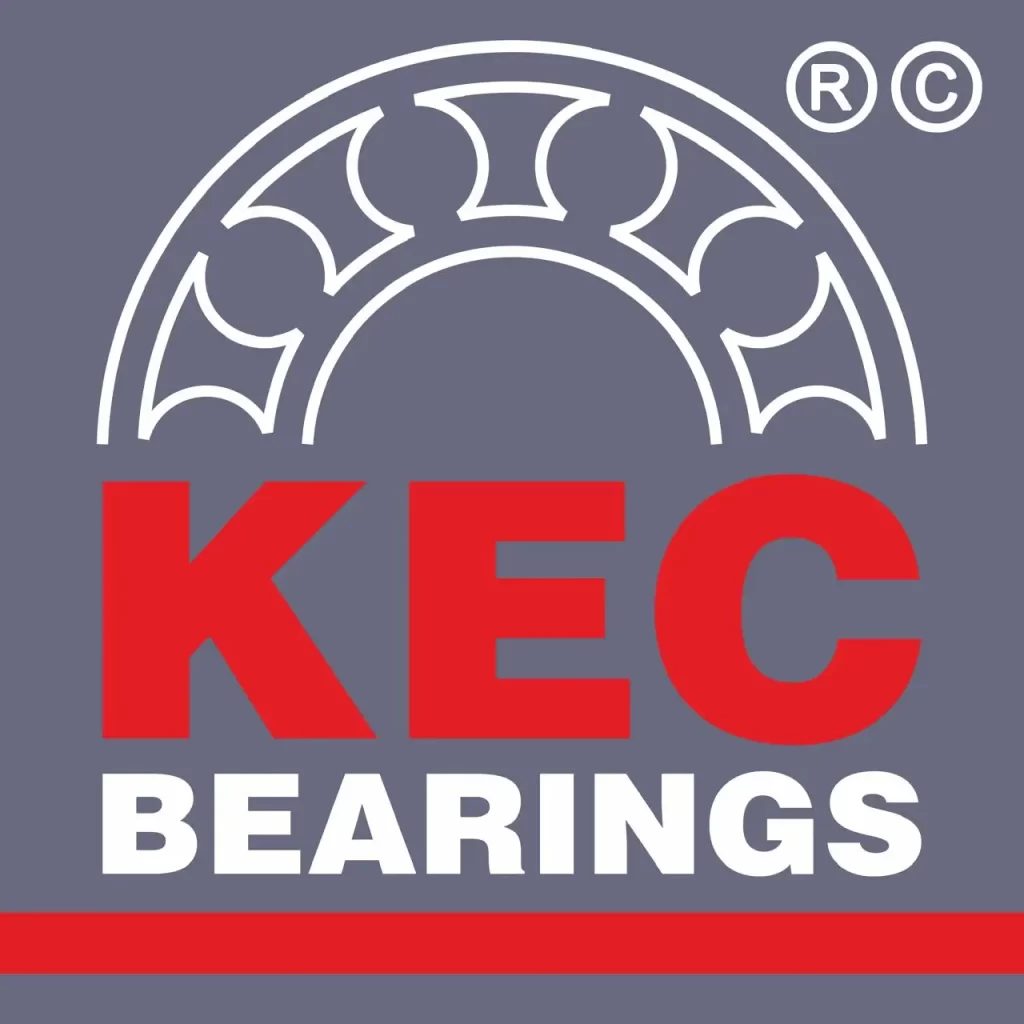Introduction
In the world of rotating machinery, shaft alignment is a critical process that ensures the efficient and reliable operation of equipment. Whether in industrial plants, marine engines, or power generation facilities, improper alignment can lead to equipment failure, reduced efficiency, and costly downtime. This blog explores the principles, methods, and importance of shaft alignment.
What is Shaft Alignment?
Shaft alignment is the process of positioning two or more shafts such that their rotational axes form a straight line when the machine is operating under normal conditions. Proper alignment minimizes wear on components, prevents vibration, and ensures optimal energy transmission.
Misalignment can be classified into three main types:
- Parallel Misalignment: When the shafts are parallel but offset laterally or vertically.
- Angular Misalignment: When the shafts meet at an angle rather than being collinear.
- Combination Misalignment: A mix of parallel and angular misalignment.
Why is Shaft Alignment Important?
Misaligned shafts can have severe consequences, including:
- Increased Wear and Tear: Misalignment causes undue stress on bearings, seals, and couplings.
- Energy Loss: Misalignment increases friction, leading to higher energy consumption.
- Vibration and Noise: Excessive vibration can damage the machine and surrounding structures.
- Shortened Equipment Life: Components subjected to misalignment fail prematurely, necessitating frequent repairs.
Methods of Shaft Alignment
1. Straightedge and Feeler Gauge Method:
- Simple and cost-effective but limited in accuracy.
- Involves using a straightedge to check the relative position of the shafts and feeler gauges to measure gaps.
2. Dial Indicator Method:
- Offers higher precision.
- Uses dial gauges to measure shaft misalignment by observing relative movement during rotation.
3. Laser Alignment Systems:
- State-of-the-art technology for precise alignment.
- Involves laser transmitters and detectors to measure misalignment in real time.
- Highly efficient, reducing alignment time and ensuring accuracy.
Steps in Shaft Alignment
1. Preliminary Checks:
- Inspect the foundation and ensure the equipment is level.
- Check for soft foot (uneven contact between the machine foot and base).
2. Measurement:
- Measure misalignment using the chosen method (e.g., dial indicator or laser).
3. Adjustment:
- Adjust the position of the machines to correct misalignment.
- Use shims and jackscrews for fine adjustments.
4. Verification:
- Recheck alignment after adjustments to ensure precision.
5. Documentation:
- Record alignment data for future reference and maintenance planning.
Tools and Equipment for Shaft Alignment
- Dial Indicators
- Laser Alignment Tools
- Shims and Wrenches
- Measuring Tapes and Straightedges
- Alignment Software (for advanced systems)
Common Challenges in Shaft Alignment
- Thermal Growth: Temperature changes can alter shaft alignment during operation.
- Soft Foot: Uneven machine bases can affect alignment.
- Measurement Errors: Human or tool-related inaccuracies can lead to improper alignment.
- Coupling Backlash: Loose couplings can give false alignment readings.
Best Practices for Effective Shaft Alignment
- Always follow the manufacturer’s guidelines.
- Ensure the workspace is clean and free of debris.
- Regularly calibrate alignment tools.
- Address soft foot issues before starting alignment.
- Train personnel on proper alignment techniques.
Conclusion
Shaft alignment is not just a maintenance activity; it is a vital step in ensuring the reliability and efficiency of rotating machinery. By adopting accurate alignment practices and leveraging modern tools, industries can reduce downtime, minimize maintenance costs, and extend the lifespan of their equipment.
Investing in proper shaft alignment pays off in the long run, making it an indispensable practice in any mechanical setup. As technology evolves, alignment methods will continue to become more sophisticated, offering greater precision and ease of use.
Actionable Advice
Shaft alignment is a very important process to have better reliability of the equipment. It helps equipment in many ways like,
- Improved Operational Efficiency
- Extended Equipment Life
- Energy/Cost Saving
- Lower Breakdown / Downtime of the equipment
We, At KEC Bearings provides consumers training as well as services to have better shaft alignment. Resulting in better productivity at lower prices. You can contact us on below details for more information. You can also subscribe our LinkedIn or you tube channel for better content and knowledge about reliability engineering.
Contact Us
KEC Bearings Pvt Ltd
G-2408A, F2 Road, Almighty Gate, Lodhika GIDC, Metoda – 360021, Rajkot, Gujarat (INDIA)
Website: www.kecbearings.com
Email: sales@kecbearings.com
WhatsApp: +91 9330 96 9330

